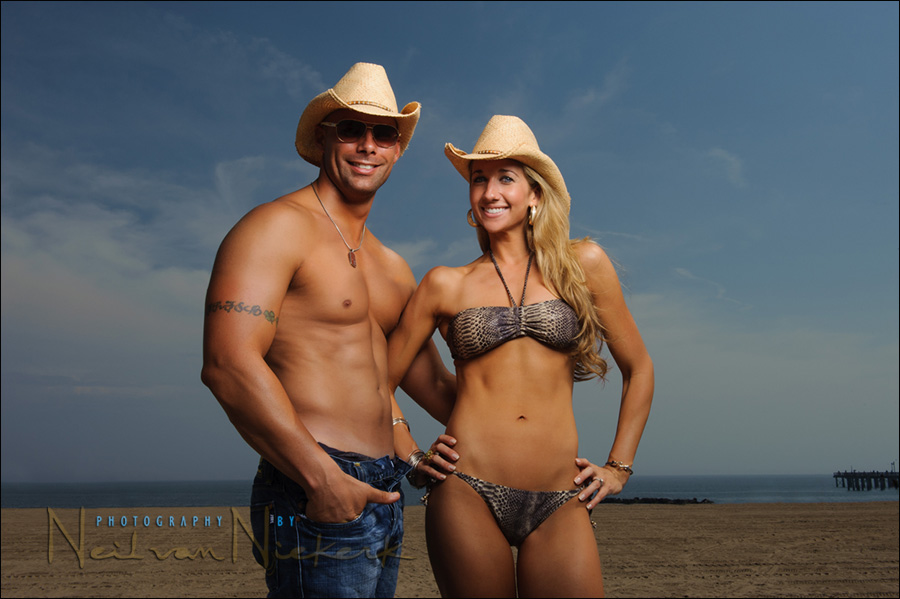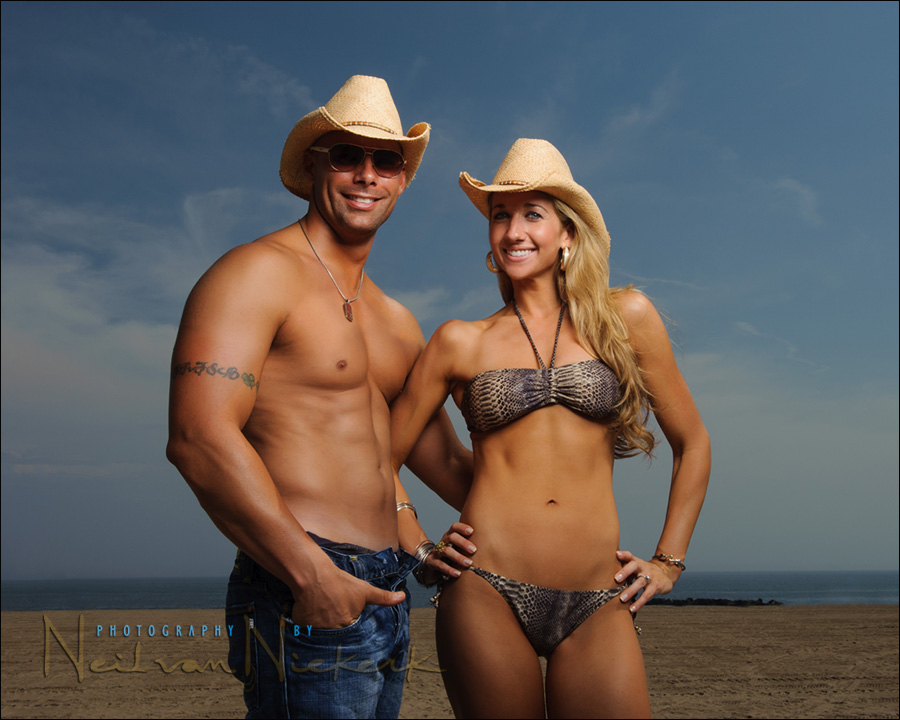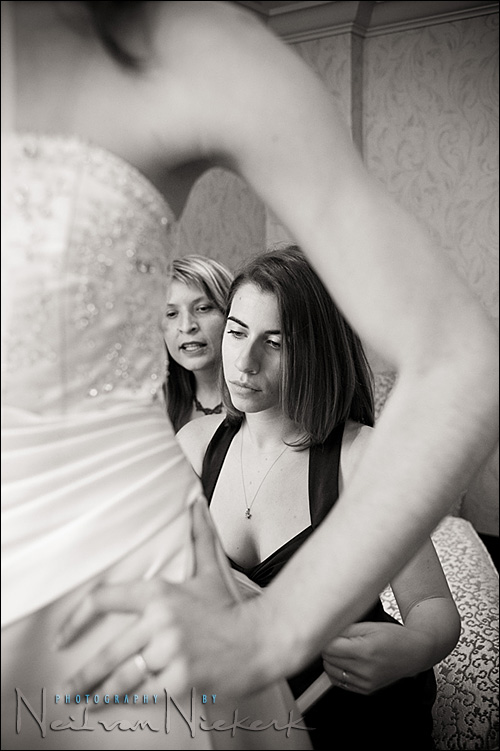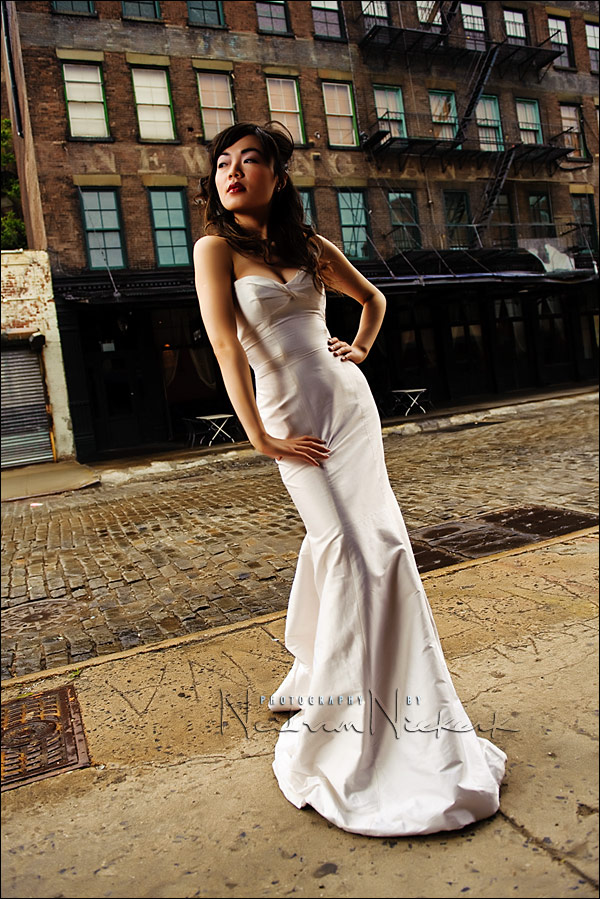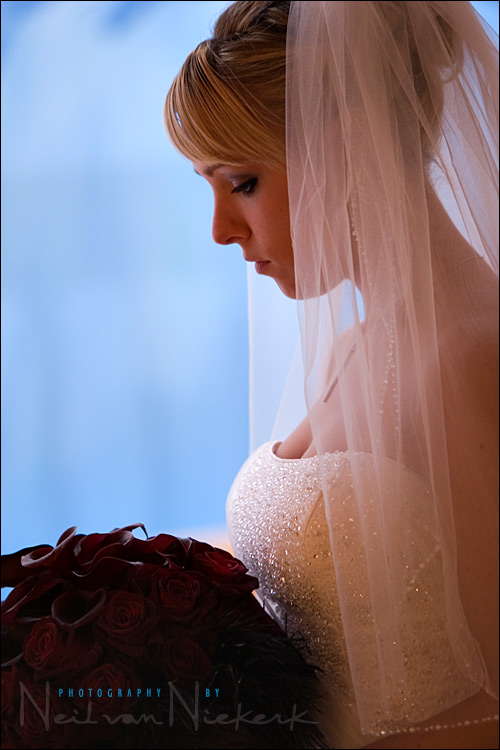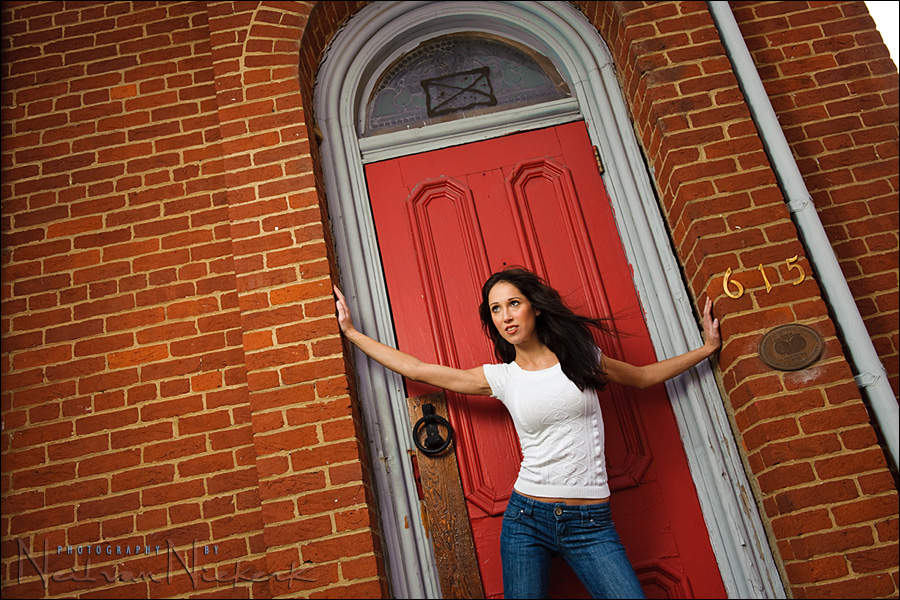NYC photo sessions – Sarah & Mark
New York photo session - Sarah & Mark
I have already posted several images from the extended photo session with Sarah and Mark - but here is the epic video. The intention with these photo sessions was to expand Sarah's portfolio as much as we could. We started off at Coney Island, doing a session with Sarah and Mark at the edge of the beach with Sarah in swimwear .. and from there it went into more of a lifestyle shoot with the two of them on the boardwalk. Later on we had Sarah run towards the camera in sportswear. But we rained out with a massive thunderstorm rolling in Read more inside...the progression of an idea ..
[ click on photo to see a larger image ]
the progression of an idea during a photo shoot; incl the use of off camera flash
Because of the positive comments I've had to the recent addition of video clips that show a glimpse of how I work, I thought I'd show the progression of an idea. Not just how the actual image was made, but how the idea progressed. The photo above of Sarah and Mark at Coney Island, is from the day-long photo session where we went to different locations in New York. Where this image above started, was in a previous sequence .. Read more inside...3 NYC photo sessions
NYC photo sessions with models
I met up with 3 models in New York recently for a photo session with each. The intention was to try out different lighting techniques, different equipment .. and just to have fun and see what we can come up with. First we roamed the Meat-packing District and Greenwich with Aleona and Laura Lee, and then later on met up with Sasha in Brooklyn. This video clip will be a glimpse of working with three gorgeous models in an ever-fascinating city. Enjoy! I think what might be interesting with this video, is to see the wider view in relation to the Read more inside...Flash photography: Overpowering the sun with flash
Flash photography: Overpowering the sun with flash
When we think about overpowering the sun with flash, we are most often really considering to match the sunlight with enough flash. We usually want to lift the shadow areas to the same level as the sunlit areas. There's a tiny bit of math involved here which makes the algorithm or thought-process predictable. Since the Sunny 16 rule has it that broad daylight is in the order of 1/200th or 1/250th @ f11 @ 100 ISO ... you'd either have to shoot with a bare speedlight, (which, as a small light source, will cause hard shadows) .. or use a Read more inside...NYC photo-shootout redux
Another photograph from the recent NYC photo shootout. We were a group of photographers working with Lea during this part of the afternoon. There are several parts in what makes an image successful - the subject, the setting, lighting and then the post-processing. There are limitations in working as a group with a model. So where I would've preferred shooting with a longer lens to compress the perspective more, you sometimes have to accept the situation. In this case, the setting wasn't ideal, and there was a fair amount of background clutter. Therefore this might be a good time to to Read more inside...
On-camera flash light modifiers? Remove the plastic diffuser cup!
Choosing on-camera flash light modifiers
One of the things I always emphasize if you want to achieve the best results from your on-camera speedlight, is to be aware of the direction of light from your flashgun. When you know which direction you want your light from your flash to come from, then the simplest way to figure out what direction to bounce your flash towards, is to consider the simple geometry of it all. Yup, triangular geometry from your days in primary school. And from Science class in high school, you can also consider the Angle of Incidence = Angle of Read more inside...NYC photo shoot-out
An exotic model in a bridal dress; manual off-camera flash with a softbox; some Photoshop fairy dust ... and there's an image I really like. Earlier today, a group of about 50 photographers, (along with 5 models), converged on the Meat-Packing District in New York - another of the photo shoot-out / get-togethers / super-fun events that Rob Nicholson arranged. I helped rotating groups of photographers, showing the essentials of using a single off-camera softbox with manual flash. The techniques included balancing the flash with ambient light, and also looking at the direction of Read more inside...

